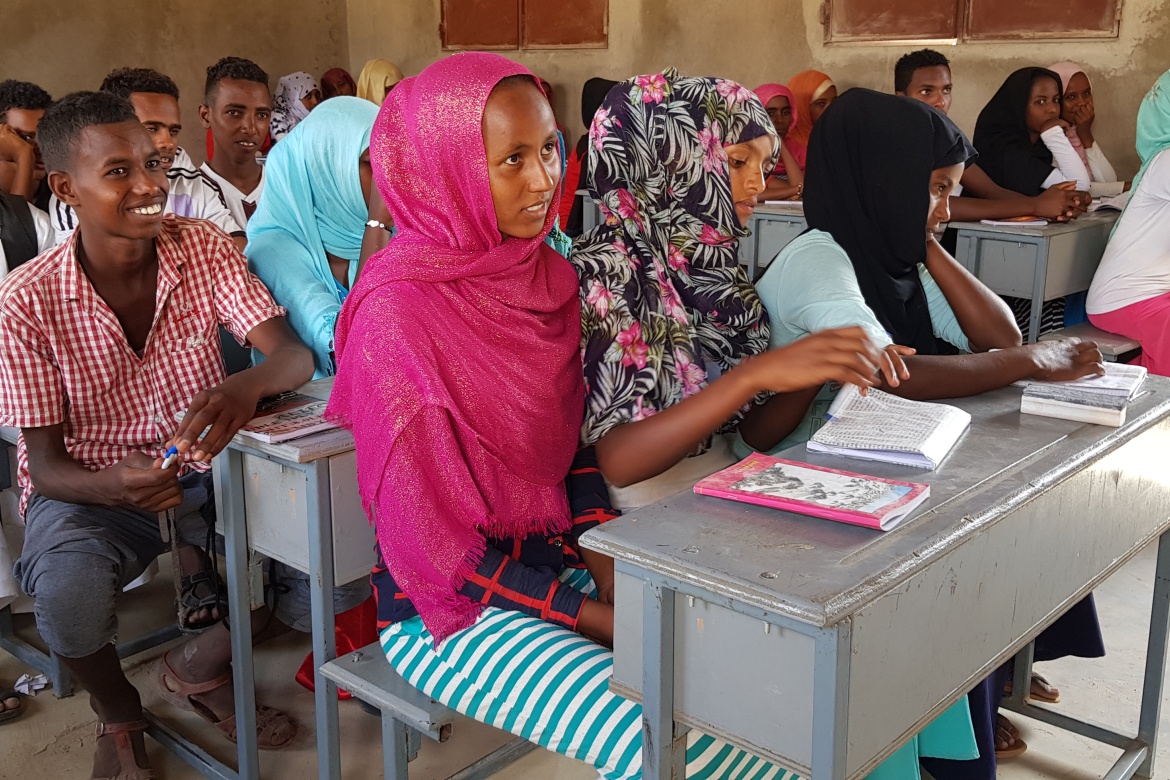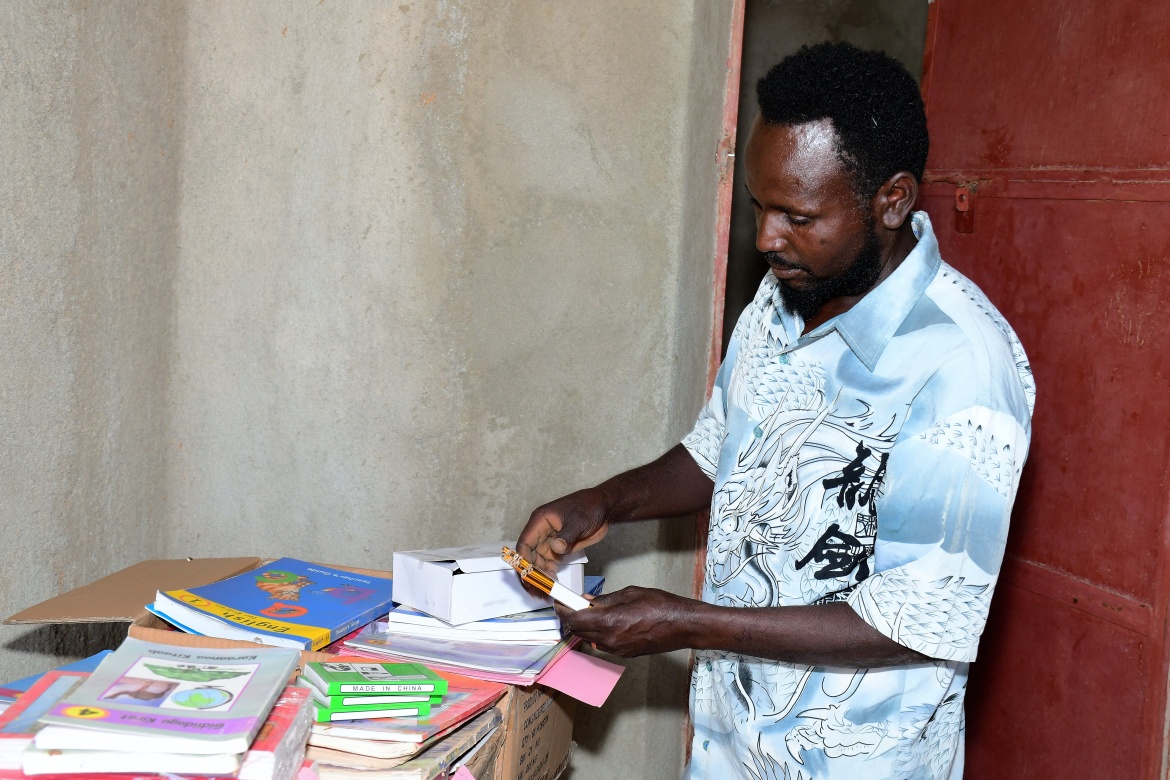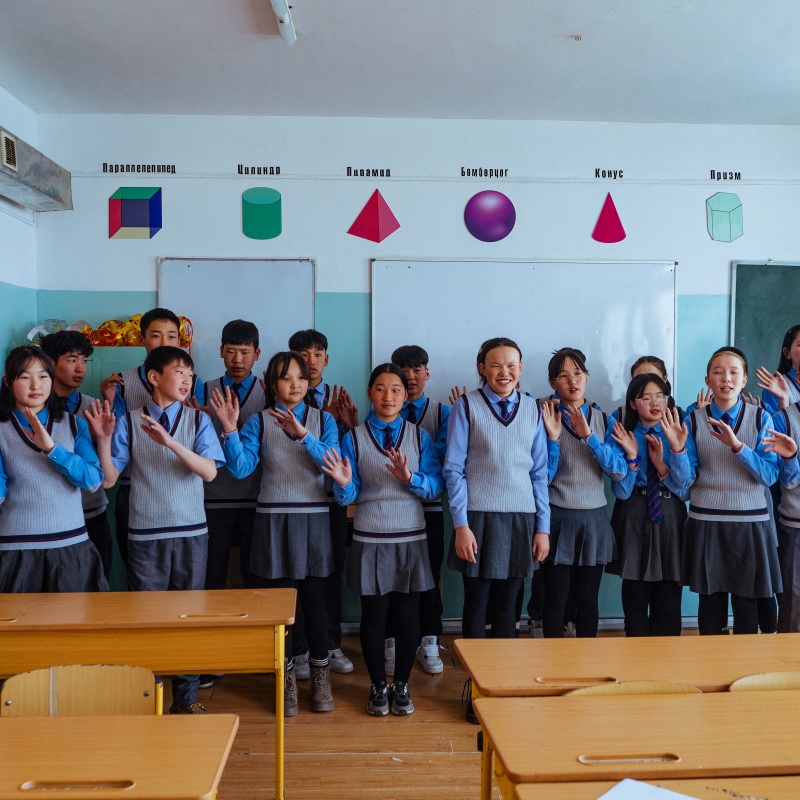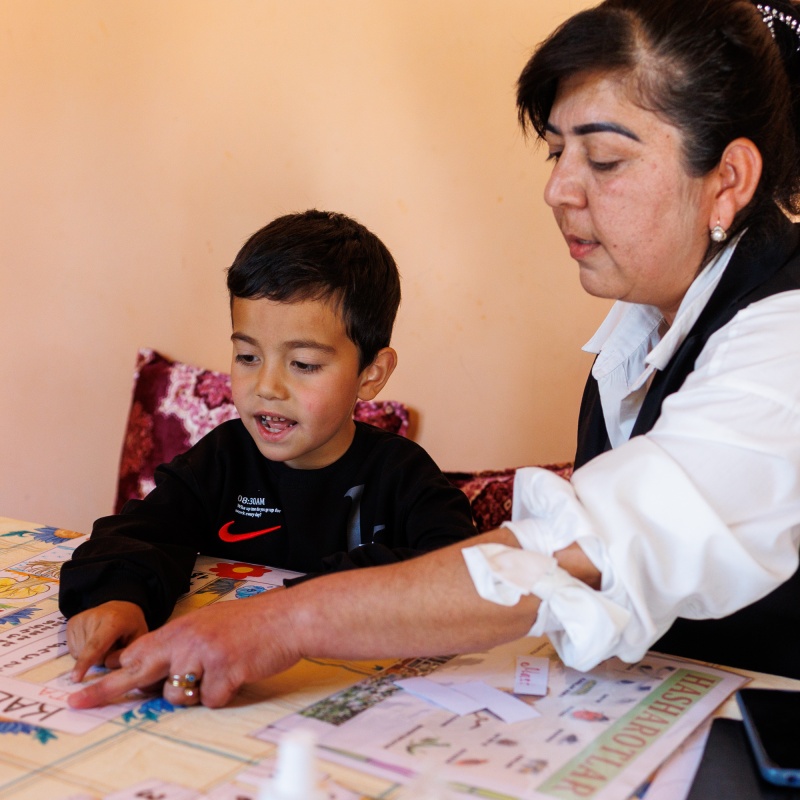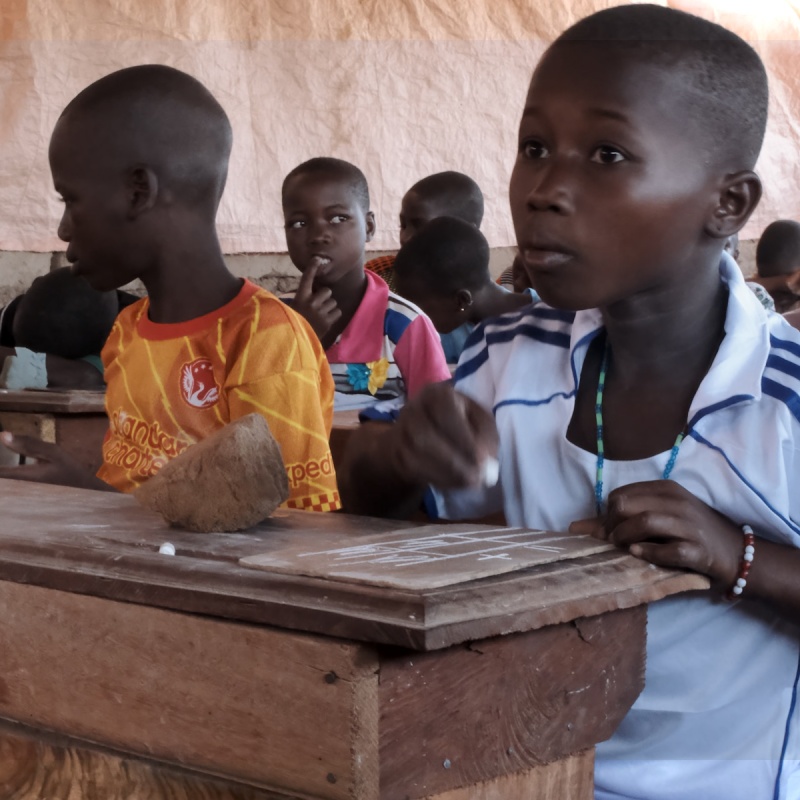Building schools, building lives in Eritrea: Meet Rekia

Story highlights
- Since 2013, GPE has been supporting Eritrea’s Ministry of Education and UNICEF to improve access to quality education.
- Now children living in rural and nomadic communities like 10-year-old Rekia have better opportunities to learn in an environment that supports their educational needs.
- Thanks to the efforts the future looks brighter for more children.


This story was written in collaboration with UNICEF Eritrea.
Rekia is a smart student with high hopes for her future. Getting a quality education is the first step to achieving her dream. Until recently, she attended an elementary school that operated under a tent, which left students at the mercy of the weather and was not always conducive to learning.
Rekia also had to walk 5 kilometers to school set up under community-provided makeshifts each day.
Since 2013, GPE has been supporting Eritrea’s Ministry of Education and UNICEF to improve access to quality education. As a result, Rekia and other students like her living in rural and nomadic communities, now have better opportunities to learn in an environment that supports their educational needs.
New schools incentivize attendance
In 2014, GPE allocated a US$25.3 million grant to the Ministry of Education to support quality education for the most disadvantaged children living in the communities of the Anseba, Gash-Barka, Northern Red Sea and Southern Red Sea regions. UNICEF was selected as the grant agent.
The GPE-funded program – which ran until 2019 – focused on building new infrastructure to increase the number of children attending school in hard-to-reach communities.
Over the course of the program, 345 elementary classrooms, 40 early childhood education classrooms and 8 special needs education classrooms were constructed and appropriately equipped. These schools now serve 39,000 students, of which over 16,000 are female.
The construction of new classrooms across the regions provides an incentive for children to enroll in school, and decreased the distance to school and consequently the time spent getting to and from there. Rekia now walks only 2.5 kilometers to her school.
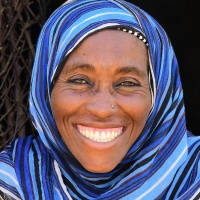
The new classrooms – combined with a concerted community mobilization effort – also inspired parents to send their children to school, reducing the proportion of out-of-school children.
In some schools, such as Filfele in Anseba, the new classrooms meant that secondary education could now also be offered, giving those who were forced to drop out – due to the absence of secondary education within manageable distances – the opportunity to re-enroll.
Strengthening the learning environment
Additionally, 3.5 million textbooks on math, science, English and nine Eritrean languages for early grades have been printed and distributed in an effort to maintain a 1:1 student-textbook ratio.
Considering quality teaching is a key factor to improve student learning outcomes, the GPE-funded program also supported training of teachers, non-formal education facilitators and pre-primary teachers from selected minority groups.
Given the ample evidence that learning improves when children are taught in their mother tongue, training cassettes in Eritrean languages as well as in-person training were provided to teachers, enabling them to teach in their local language.
Although there is still a long way to go to ensure all children are learning the essential skills, these efforts did contribute to slightly improved learning outcomes. According to the monitoring learning achievement assessments, the students’ overall attainment of minimum mastery level (at least 80% of learners attaining a score of 50% or above in each of the tested areas) increased from 37.6% in 2015 to 46.1% in 2018 for grade 3 students.
Similarly, it increased from 19.9% to 30.2% for grade 5 students over the same period.
Promoting an evidence-based education culture
The GPE-funded program also aimed to strengthen the human and institutional capacity for efficient delivery and monitoring of educational services as well as the generation and use of evidence-based research in Eritrea.
Now, education officials are trained in education planning, management and leadership, and action research. Furthermore, the Ministry of Education has a strengthened education management information system (EMIS) to inform policy decisions and use data for education planning and monitoring.
The program also supported research studies, including an out-of-school children study that was pivotal in making school access and pre-primary education priorities for the government.
All of these efforts are paying off. The rate of out-of-school children in primary education decreased from 23.2% in 2011-12 to 16.4% in 2018-19. The primary completion rate increased from 58.9% to 81.1% in the same period.
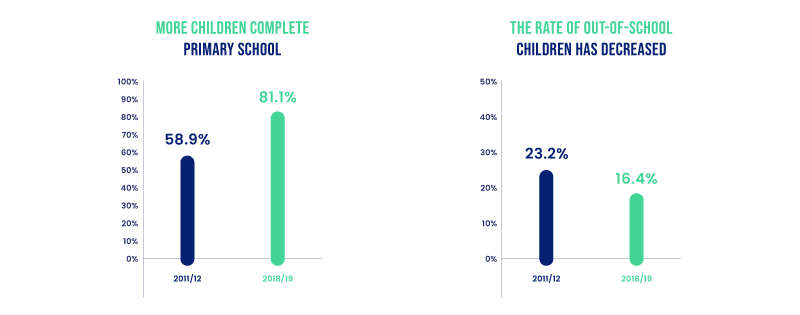
A brighter future
Samku, Rekia’s mother, is convinced that education is a powerful agent of change, and she wants all her children to go to school.
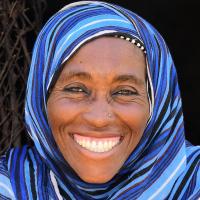
The collaborative efforts of the Eritrean Ministry of Education, GPE and UNICEF are ensuring that the future looks brighter for more children in Eritrea – particularly for those who are underserved in the most remote areas of the country.
Now more students like Rekia are benefitting from quality education.




